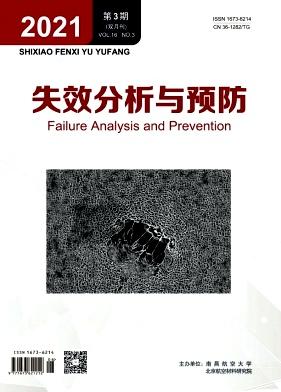The Interaction of Crack and Creep in Cross-Ply Composites
引用次数: 0
Abstract
For cross-ply laminates micro-matrix cracks in the 90° plies and creep deformation of the 0° and 90° plies are two forms of damages which affects the long-term durability of the materials. In this paper, a general framework for the analysis of cross-ply laminates with matrix cracks and creep deformation is proposed. For this purpose admissible stress fields are constructed which satisfy equilibrium and all boundary and interface conditions. The principle of minimum complementary energy is utilized to derive a differential equation for the stress function from which the stress field of the composite can be derived. The inhomogeneous term of the differential equation involves the creep strains which are loading history dependent. The Green’s function of the differential equation is then obtained. Using the Green’s function and a constitutive equation, two-dimensional stress and strain states in the composites at any time are represented through an integral of the Green’s function and the accumulated creep strains. This new analysis takes into consideration the microcrack-microcrack interaction, as well as the interaction between the microcracks and the creep deformation, and provides a point-wise stress field instead of average stress field as most of the analytical approaches yield. The interactions of matrix cracks and creep deformation of an eight-harness satin weave (8H SW) Nextel 610/Aluminosilicate ceramic matrix composite is studied using the proposed model. The predicted creep strain of the composite shows good correlation with experimental data at different levels of temperature and stress conditions.交叉层复合材料中裂纹与蠕变的相互作用
对于交叉层合板来说,90°层的微基体裂纹和0°和90°层的蠕变变形是影响材料长期耐久性的两种损伤形式。本文提出了具有基体裂纹和蠕变的交叉层合板分析的一般框架。为此,构造了满足平衡和所有边界和界面条件的容许应力场。利用最小互补能原理推导出应力函数的微分方程,并由此推导出复合材料的应力场。微分方程的非齐次项涉及与加载历史相关的蠕变应变。然后得到微分方程的格林函数。利用格林函数和本构方程,通过格林函数和累积蠕变应变的积分表示复合材料在任一时刻的二维应力和应变状态。这种新的分析方法考虑了微裂纹-微裂纹的相互作用,以及微裂纹与蠕变变形之间的相互作用,并提供了一个点方向的应力场,而不是大多数分析方法所提供的平均应力场。采用该模型研究了八束缎织(8H SW) Nextel 610/硅酸铝陶瓷基复合材料的基体裂纹与蠕变的相互作用。在不同的温度和应力水平下,复合材料的蠕变应变预测值与实验数据具有良好的相关性。
本文章由计算机程序翻译,如有差异,请以英文原文为准。
求助全文
约1分钟内获得全文
求助全文

 求助内容:
求助内容: 应助结果提醒方式:
应助结果提醒方式:


